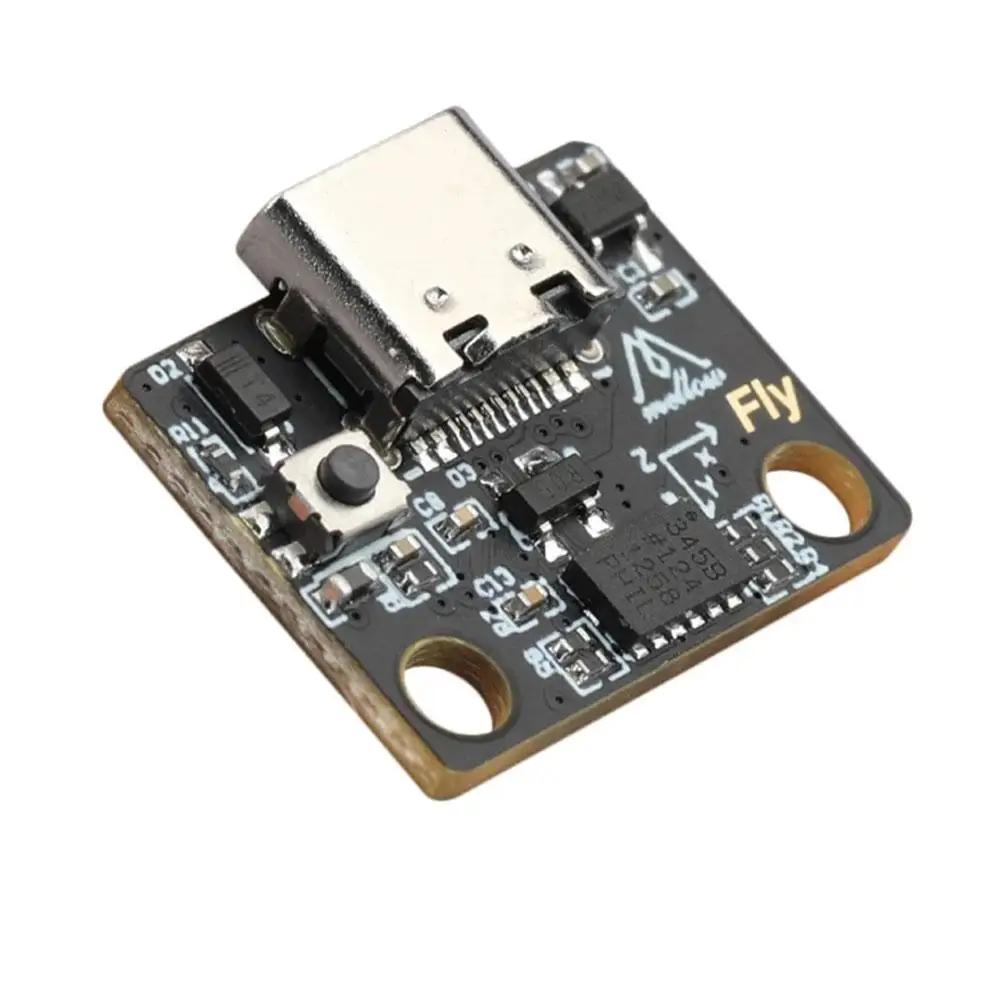3D printing technology has revolutionized the way we create objects, from prototypes to intricate designs. One crucial aspect of optimizing the performance of a 3D printer is input shaping. In this article, we will delve into the concept of input shaping, its key features, benefits, and potential use cases.
Understanding Input Shaping
Input shaping is a technique used to reduce vibrations and improve the overall print quality of 3D printers. By analyzing and adjusting the input signals sent to the printer’s motors, input shaping minimizes oscillations and resonance effects that can lead to imperfections in the printed objects.
Key Features of Input Shaping
One of the primary features of input shaping is its ability to enhance the precision and accuracy of 3D printing. By smoothing out the motion of the printer’s components, input shaping helps eliminate artifacts such as ringing and ghosting, resulting in cleaner and more detailed prints.
Benefits of Input Shaping
The benefits of implementing input shaping in a 3D printer are twofold. Not only does it improve the surface finish of printed objects, but it also reduces print time by minimizing the need for reprints due to errors. Additionally, input shaping can extend the lifespan of the printer by reducing wear and tear on its mechanical components.
Potential Use Cases
Input shaping is particularly useful in scenarios where high precision and quality are paramount, such as in the production of intricate models, functional prototypes, and custom parts. Industries like aerospace, automotive, and healthcare can benefit significantly from the application of input shaping in 3D printing processes.
Conclusion
As 3D printing continues to evolve, the importance of input shaping in optimizing print quality cannot be overstated. By understanding and leveraging input shaping techniques, manufacturers and hobbyists alike can achieve superior results with their 3D printers. Embracing input shaping is not just about improving the output of a printer; it is about pushing the boundaries of what is possible in additive manufacturing.


